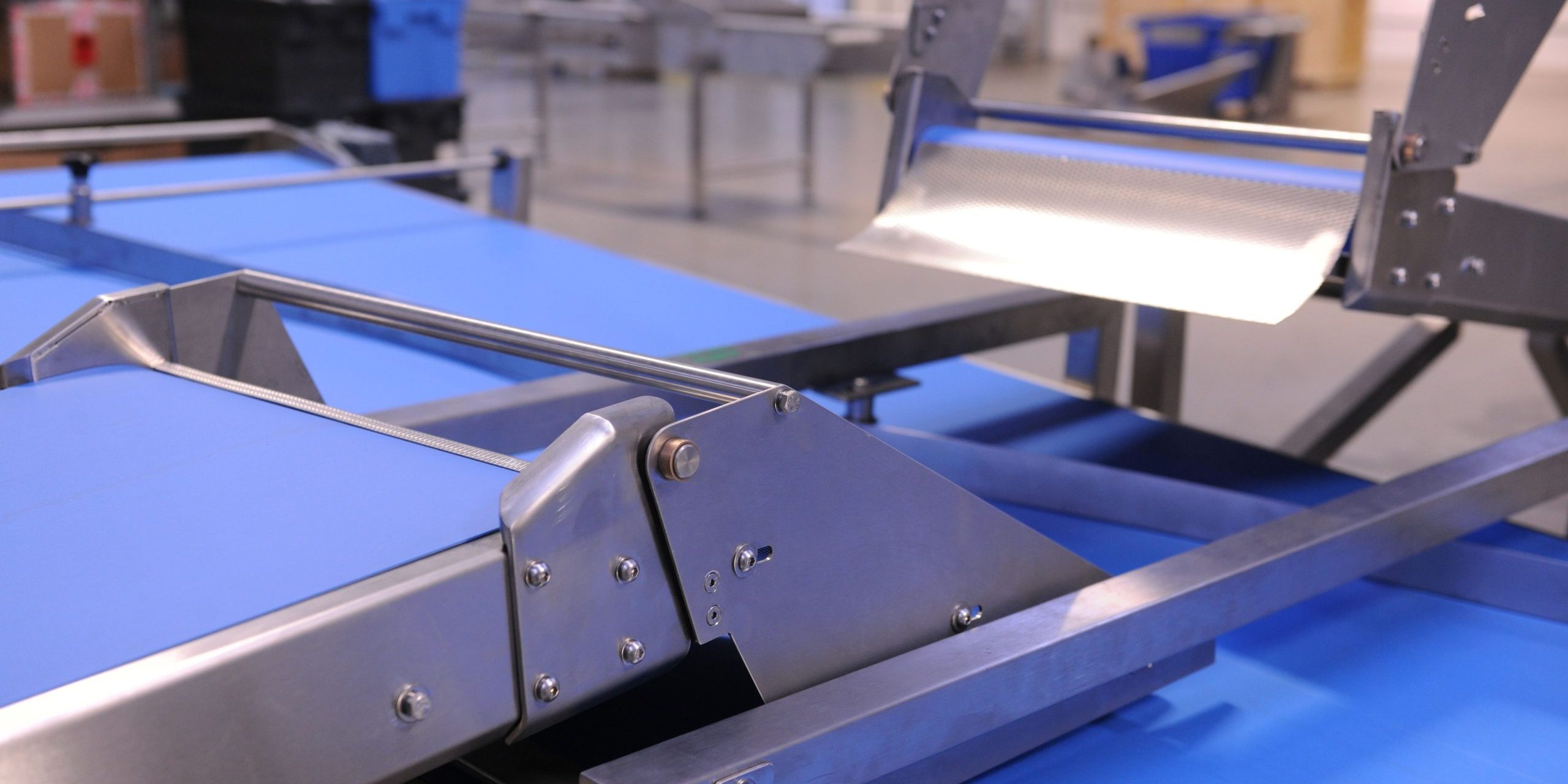Hospitality, construction, food processing, or pharmaceutical – conveyer belts are used across all sectors, seamlessly facilitating the manufacturing and processing of goods. These conveyor systems are the backbone of modern production, and the integration of automation and machine learning into these systems is marking a transformative shift. While ‘machine learning’ and ‘AI’ are terms often used interchangeably, it’s important to understand the difference between them and how these modern-day innovations are changing the game for all industries alike.
Often considered the analytical backbone, machine learning processes data to discern patterns and make predictions. With conveyor belt systems, machine learning algorithms come in handy to analyse historical data to forecast maintenance needs, predicting when different components need to be repaired or replaced. Whereas AI is a broader concept that encapsulates machine learning findings into the entire workflow. It enables autonomous decision-making based on data analysis, mimicking human-like thinking.
Now that we’ve established an understanding of two key terms often used in technical conversations, let’s also find out the benefits of introducing them into your warehouse.
Safety first
One of the foremost and undeniable benefits of integrating AI into conveyor belt systems is the significant improvement in safety. Human errors are a common cause of accidents in industrial settings, which can be minimised through the precision and reliability of AI-driven conveyor systems. These systems are designed to detect anomalies, prevent collisions, and ensure a safer working environment.
Predictive Maintenance
Another undeniable benefit of AI-powered conveyor belt systems is their accuracy in predicting maintenance. A game-changer for industries that are reliant on continuous production, these systems apply machine learning algorithms to maximise uptime. They apply machine learning algorithms to analyse data gathered using sensors and historical performance to predict potential faults or breakdowns. By identifying issues before they escalate, warehouses can nip the problem in the bud. Proactive maintenance runs can be scheduled to reduce downtime and optimise overall equipment effectiveness (OEE).
Inventory Management
Automated, AI-powered conveyor belt systems have brought in a new level of efficiency to the traditional conveyor belt systems by providing real-time tracking and visibility across the shopfloor. Through the integration of machine learning, conveyor systems can be customised to suit specific needs to be able to adapt to demand fluctuations, optimise stock levels, and enhance the overall supply chain management.
Smart Conveyor Tech
These systems can spot and deal with problems almost instantly; a lot faster than a human could. They can adapt to changes in product flow; automatically re-routing items based on real-time data. This way, the process flexibility increases tenfold, improving efficiency and reducing bottlenecks. A more agile and responsive manufacturing process is one of the big promises of the AI wave.
Cost Savings
The financial benefits of AI conveyor belt systems are multifaceted. Even though a significant investment at the beginning, it practically pays for itself when it reduces downtime, prevents costly breakdowns, and optimises workflows. Additionally, the enhanced efficiency in inventory management and automation leads to reduced labour costs, making AI-driven conveyors a wise purchase for businesses aiming to improve their bottom line.
If you would like to discuss the integration of AI-powered conveyor belt systems into your shop floor please get in touch on 01623 424 442 or write to us at sales@asmechsystems.co.uk









